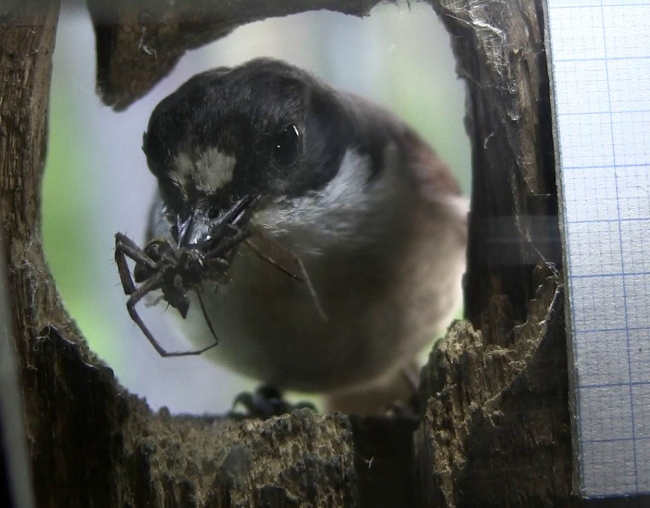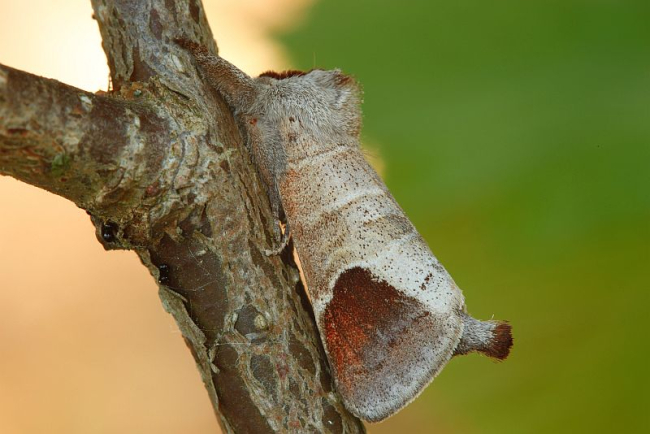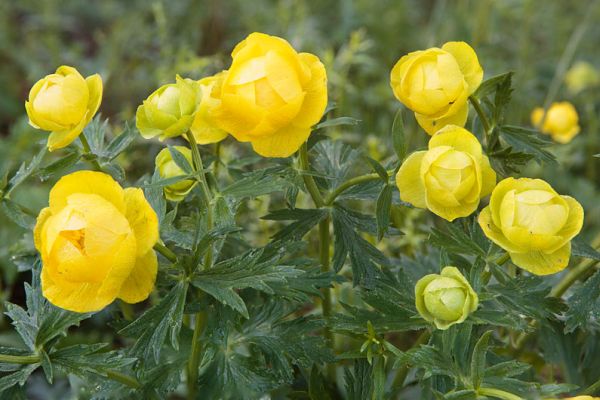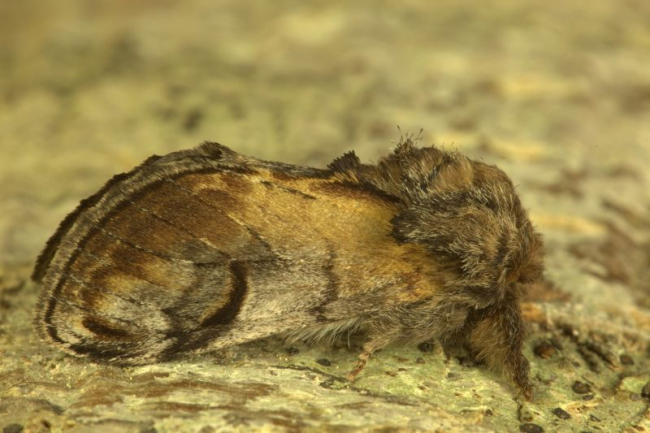Competition for better nesting conditions makes flycatchers spy on great tits
Great Tit Year scientific news are edited by Marko Mägi, marko.magi@ut.ee, Bird ecologist at University of Tartu
Translation Liis
Pied flycatcher male checking on what goes on in a great tit nestbox / photo: Marko Mägi
Pied flycatcher Must-kärbsenäpp Ficedula hypoleuca
.
If you are a stranger and you arrive at the nesting site later than the others information on local conditions –is important and both knowledge and experiences are essential. Knowing the best feeding and nesting sites can increase the nesting success significantly.
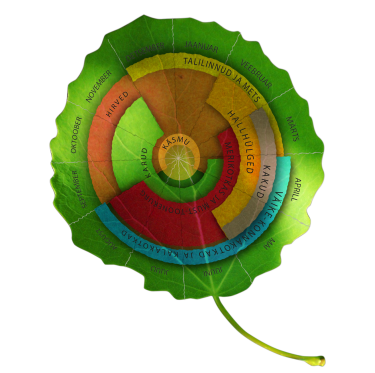 Latest news
Latest news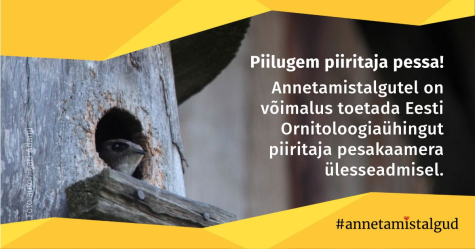
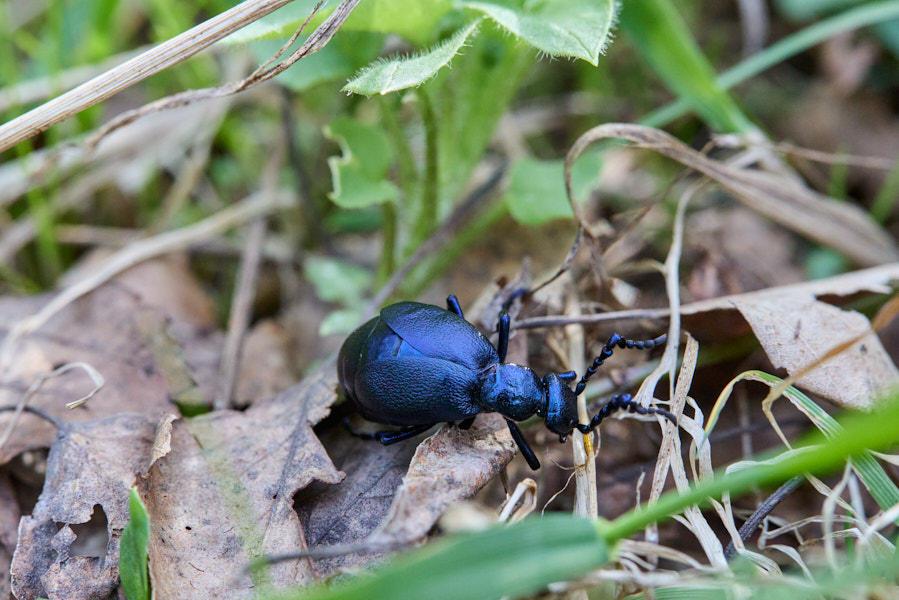 Loodusemees.ee - the day in pictures
Loodusemees.ee - the day in pictures Videos
Videos
 My Forest
My Forest